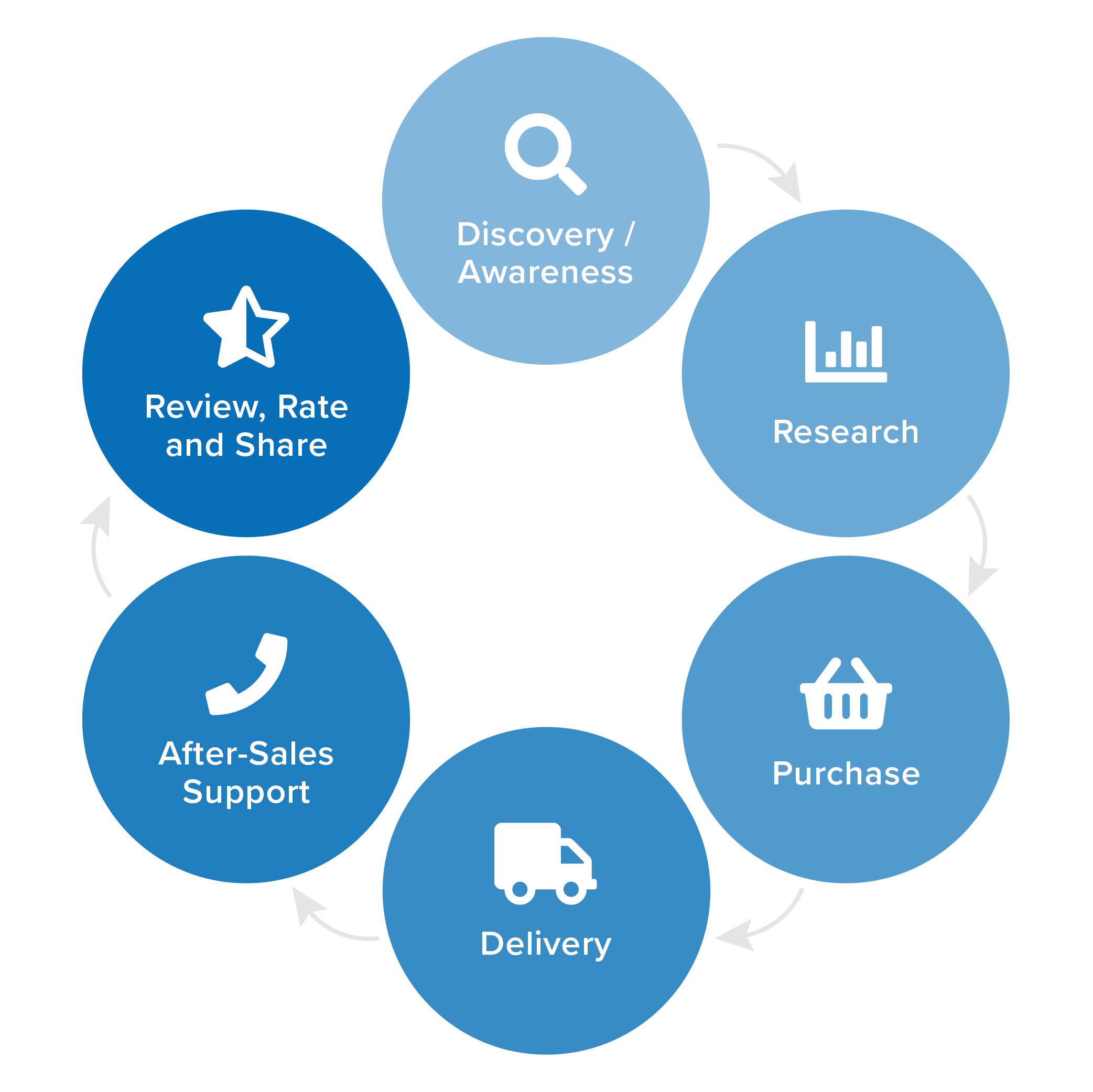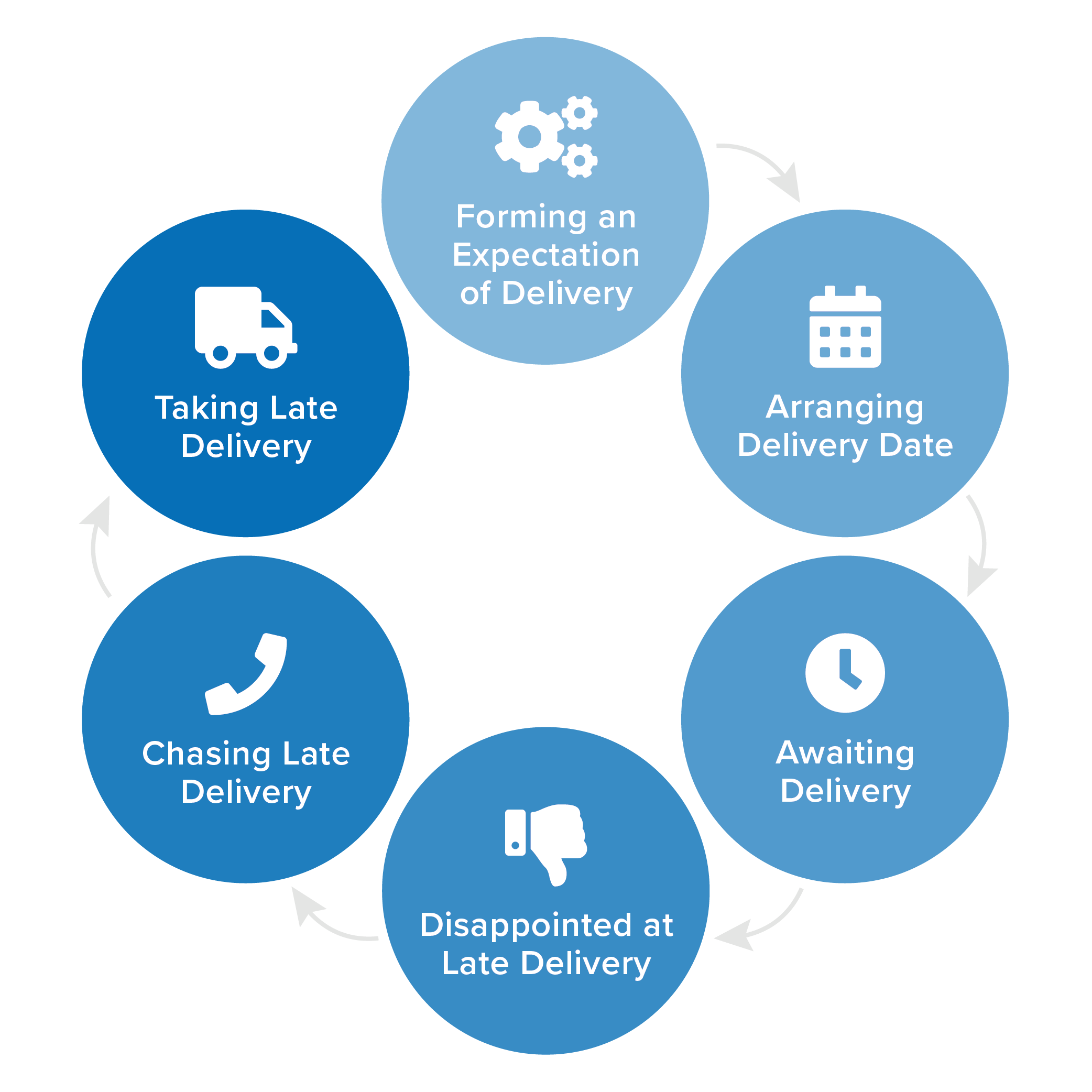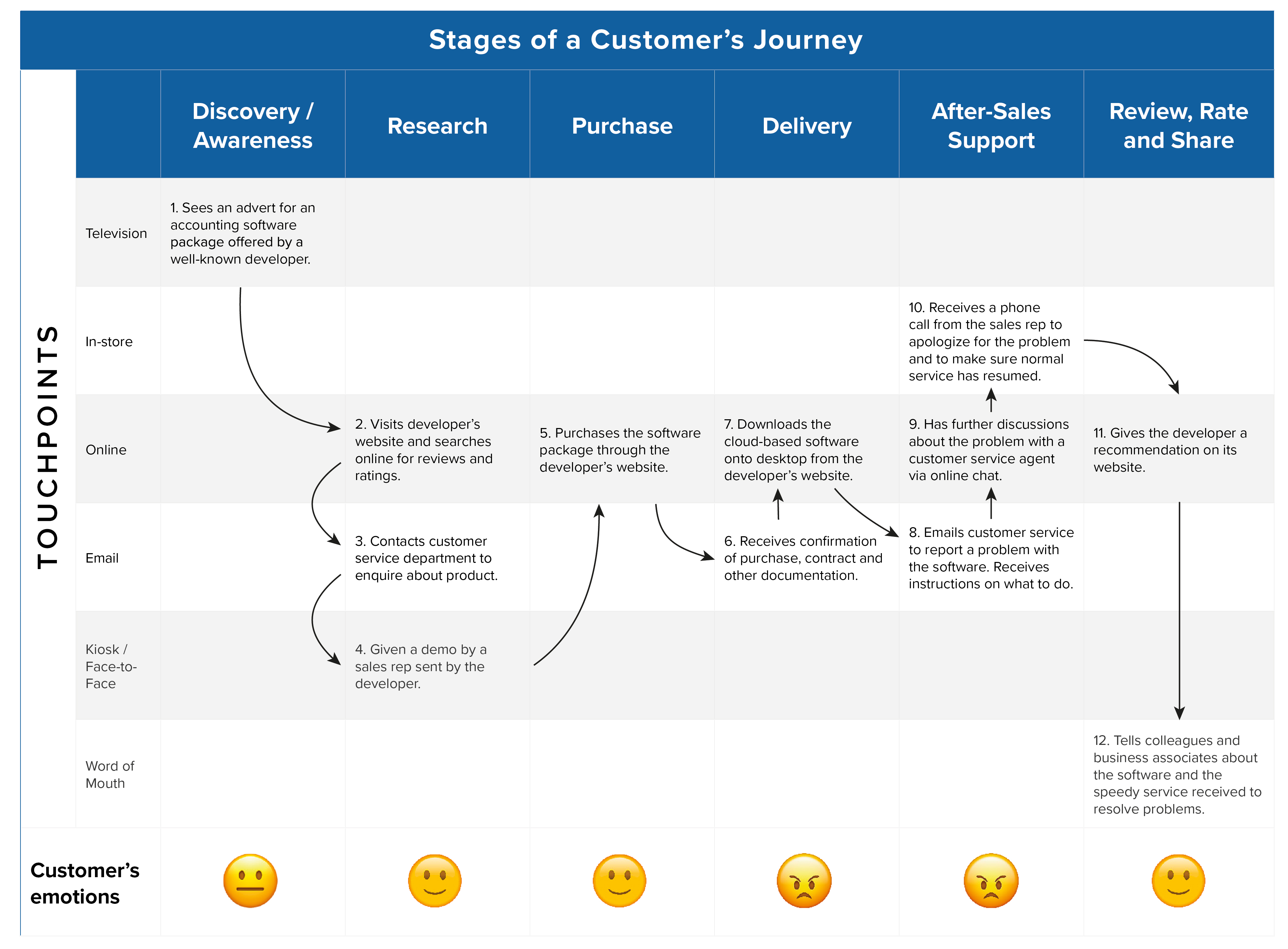How to Create Customer Journey Maps
See Your Business Through Your Customers' Eyes

© GettyImages
michaelquirk
Map the journey that your customers take through your organization.
Have you ever wondered what your organization looks like to your customers? You might be shocked by the differences between how you see your organization and how they do.
Put yourself in their shoes. When customers visit your store or website, or call you, what do they experience? When they buy something, what information and support do they receive? And how do they get help if they need it?
Customer journey mapping helps you to map out the ways your customers experience your organization. This article shows you how to use this tool to improve the quality of service that you provide for customers. You can also download your free customer journey mapping worksheet, below.
What Is Customer Journey Mapping?
Customer journey mapping is a way to record, plot and analyze the interactions – or "touchpoints" – that a customer has with your organization.
It covers every interaction from initial contact to post-sale follow-up. It can pinpoint problems or build on successes in your customers' experiences, and so improve customer retention.
You'll often hear customer journey mapping used interchangeably with another term – customer experience mapping – but the two are subtly different.
Customer journey mapping focuses on specific interactions that a customer has with a vendor or supplier. Whereas customer experience mapping tends to take a wider view of the customer experience as a whole.
However, the two approaches have enough in common for this article to consider them together.
Note:
Use customer journey maps to understand and improve existing customer experiences. If your aim is to design completely new experiences, read our article, Designing Future-State Customer Journeys.
How to Create Customer Journey Maps
Follow these eight steps to map out the customer experience of your organization:
1. Define Your Objectives
First, work out exactly what you want to achieve. This will help you to decide which touchpoints you need to map.
If you have a broad objective, such as, "To increase customer satisfaction levels by improving company-wide customer service processes," you'll likely need to map out the entire customer experience from start to finish. This may involve several different journey maps.
However, if your objective is, "To reduce complaints about late deliveries by half," for example, you can concentrate on specific areas of your organization, like the warehouse, delivery and customer service departments.
2. Gather Information
Next, identify why your customers want to engage with your organization. What do they want from it? How do they interact with you? When do they do this, and for how long?
Answer these questions by gathering information about your customers and their behavior. This might include market research, focus groups, surveys and analytics, or even ethnographic studies.
Remember, when your customers choose a product or service from your company, they are also buying into the "experience" that you deliver, so it's important that what you're offering meets their expectations.
Use what you learn to develop personas for your customers. This will help you to understand exactly what your customers want, how you can most effectively meet their needs, and how to empathize with them.
Research within your organization is important, too. Talk to the people that interact with customers directly. You could form a cross-functional team that includes frontline customer service staff, marketers and social media managers, for example.
This enables you to gain a deeper understanding of the routes that your customers take to engage with your organization, and the level of service that they receive when they do.
3. Identify Your Customer "Touchpoints"
Customers interact with your organization using a variety of "touchpoints." These may include in-store activity, online searches, social media, telephone calls, blogs, help desks, email campaigns or newsletters, online chat services, conferences, product demonstrations, or sales calls.
Once you've identified your organization's touchpoints, think about how they affect your customers. Who do they contact if there is a problem? Where can they find information about delivery? Is it easy for them to get your contact details?
You might have a brilliant customer service team, eager to deal with inquiries, but, if your website or sales team are giving out misleading or conflicting information, then the customer experience will be one of confusion, rather than of great service.
Note:
You can't control every touchpoint – for example, the comments people make on social media. However, you can develop a positive and consistent customer experience at the touchpoints that you do control. This will have a significant impact on the feedback that you receive through other channels.
4. Outline the Key Stages of Your Customer Experience
Now, with the knowledge that you gathered in the previous steps, identify the sequence of events that your customers experience when they interact with your company. An example of a common customer experience from end to end is provided in figure 1 (below).
However customer journeys can vary significantly by customer, product line or service, so you may need to describe more than one. The journey taken by a customer looking to buy industrial machinery wholesale, for instance, would be very different from the journey of someone ordering fast food on an impulse.
Figure 1 – Example of a Common Customer Experience From End to End

You can also use customer journey mapping to take a closer look at a particular stage of the customer journey.
For example, you may want to focus on the customer's experience when an order is delivered late. Figure 2, below, shows how this might look.
Figure 2 – Example of a Customer Experience Involving a Product's Late Delivery

5. Start Mapping!
There are many different ways to create a customer journey map.
A good method is to use swim lane diagrams. You can use these to map your customers' journey from the initial stages of interaction right through to the support that they receive after purchasing your product or service. You'll then be able to pinpoint any places where the service or information that you provide is inconsistent or incorrect.
Figure 3, below, shows an example of what a customer experience map might look like for someone purchasing software. The different stages of their experience are listed along the top axis, and the touchpoints are listed in the far left column. Their goals, the information that they receive from the organization, and their likely emotional responses are also included for each stage of the journey.
Tip:
As well as touchpoints, goals and emotions, you can include other factors such as customers' questions and perceptions, operational performance metrics, and organizational weaknesses.
Figure 3 – Example of a Customer Journey Map Showing the Purchase of Software

To create your own map using the template above, download our free worksheet, here.
Your map doesn't have to look like the one shown in figure 3. There are many great ways to present them: yours could be a simple timeline, a circular representation of the journey, an affinity diagram, or a whiteboard sketch. It could even be a video or an interactive chart.
There are also several online digital mapping tools that you can use to create customer experience maps, like Smaply™, UXPressia™ and Touchpoint Dashboard™.
6. Validate Your Results
You'll need to validate your map to make sure that it's as accurate as possible. You can do this by asking for feedback from focus groups, a customer forum, other departments in your organization, or your team members.
This will help you to gauge how well your map reflects the reality of the customer experience.
7. Analyze Your Map
To analyze your customer experience map, refer back to the objectives that you identified in Step 1. Are you trying to solve a particular problem, or do you want to enhance the entire customer experience?
Listed below are some common issues that might help you with your analysis. You can supplement these with more specific questions related to your business and its objectives.
- Are you bombarding the customer with too much information, or providing too little?
- Think about whether your customers have access to the right information at the right time, and know who to contact to get help or information. For example, can they easily get acknowledgment of orders, complaints, and so on?
- Look at the touchpoints in your company. They should work as you intend them to work, and flow in a way that's logical and easy to follow. If they don't, think about how you can change them to deliver the quality of customer experience you want.
- Your internal organization must be clear and effective. It should not confuse customers by involving too many people or departments, for example. Make sure that you have clear objectives regarding the level of service that you provide, and that your team members know how to meet them.
8. Treat Your Map as a Living Document
It's a good idea to revisit and update your customer journey map regularly, particularly if your organization introduces any significant changes – adding or removing a touchpoint, for instance.
This way you can keep your customers and their needs at the front and center of thinking across your organization, and make sure that you offer a consistently high quality of service.
Key Points
Customer journey maps (and customer experience maps) can give you valuable insight into how your customers engage and interact with your organization and its products or services.
By following the customer's journey, you can learn where their needs and expectations are successfully being met, and where you need to improve.
To create your map, use the following eight steps:
- Define Your Objectives
- Gather Information
- Identify Your Customer "Touchpoints"
- Outline the Key Stages of Your Customer Experience
- Start Mapping!
- Validate Your Results
- Analyze Your Map
- Treat Your Map as a Living Document
This site teaches you the skills you need for a happy and successful career; and this is just one of many tools and resources that you'll find here at Mind Tools. Subscribe to our free newsletter, or join the Mind Tools Club and really supercharge your career!






Thanks for that feedback and welcome to the Club. We have lots more resources that can help plus we also get help in the Forums where members ask questions and share ideas. Come on over and introduce yourself, we would love to meet you.
We are always happy to help so just let us know if there is anything you are looking for or have a question.
Midgie
Mind Tools Team